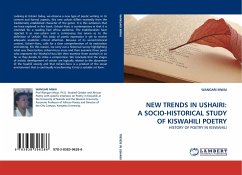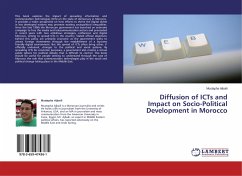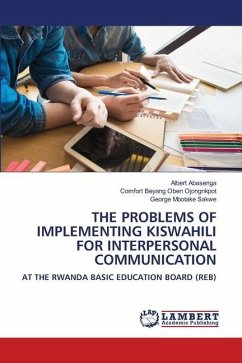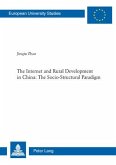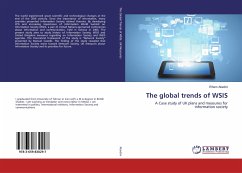Looking at Ushairi today, we observe a new type of poetic writing. In its content and formal aspects, this new ushairi differs markedly from the traditionally established character of the genre. It is this evolution that we have explored in this book. Ushairi-Huru is contemporary in that it is intended for a reading East Africa audience. The traditionalists have rejected it as non-ushairi and a controversy has arisen as to the definition of Ushairi. This body of poetic expression is yet to receive adequate academic critical attention. Because of its social-historical context, Ushairi-Huru, calls for a clear comprehension of its motivation and setting. For this reason, we carry out a historical survey highlighting what was there before Ushairi-Huru arose and then examine three poets who represent the Washairi-Huru.We then examine three washairi in so far as they decide to strike a compromise. We conclude that the stages of artistic development of ushairi are logically related to the dynamism of the Swahili society and that Ushairi-huru is a product of the social environment that is continually transforming it into a suitable art form.
Bitte wählen Sie Ihr Anliegen aus.
Rechnungen
Retourenschein anfordern
Bestellstatus
Storno

